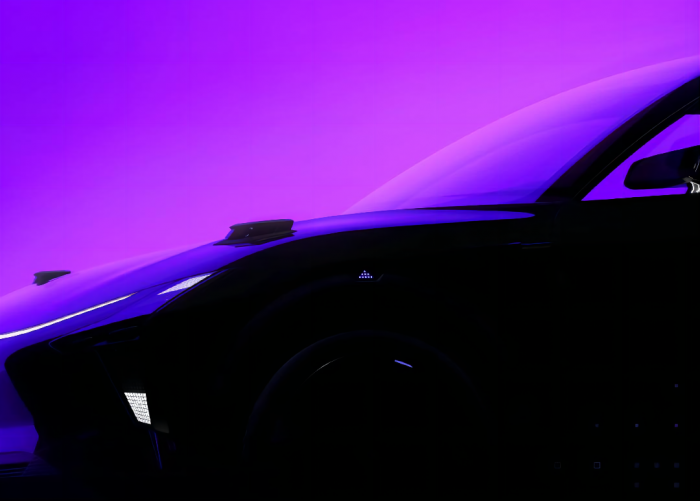Author: Mr.Yu
On April 18, 2022, Jidu Auto held an online media communication event in which it publicly released its first car robot concept car that uses two LIDARs.
From the product image, we can see that the design of the LIDAR at the front of the car hood is clearly visible, located on the left and right sides of the car hood.
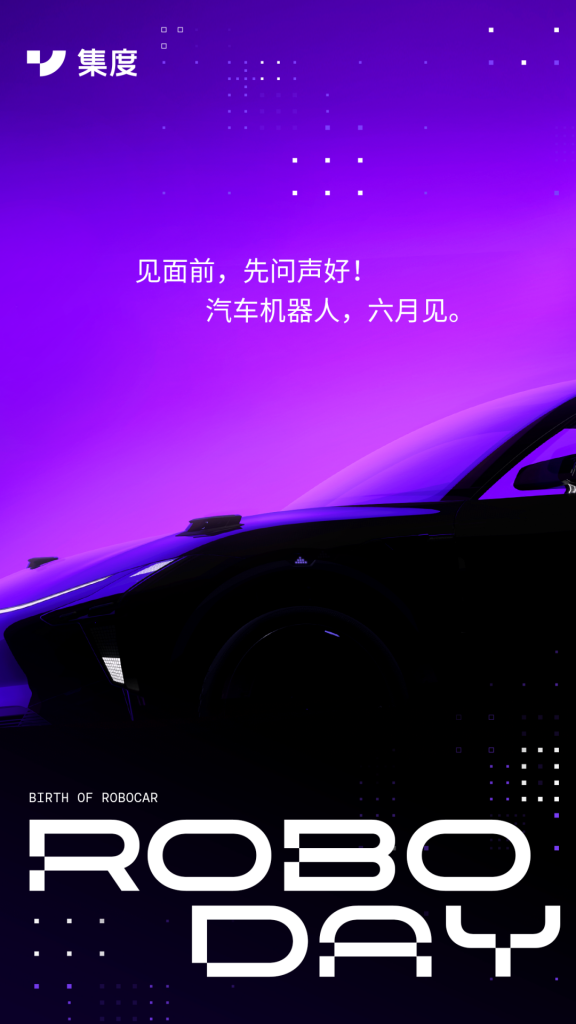
Jidu uses the AT128 from Hesai Technology in this concept car, which has the full name “AT128 Vehicle Regulatory-Grade Hybrid Solid-State Long-Distance LIDAR”. According to the product description on the Hesai website, the AT128 is a product aimed at high-level advanced driver assistance front-loading production cars, and can output more than 1.53 million points in three-dimensional space per second, providing excellent environmental perception capabilities, and can effectively perceive vehicles and pedestrians up to 200 meters away (@10% reflectivity).
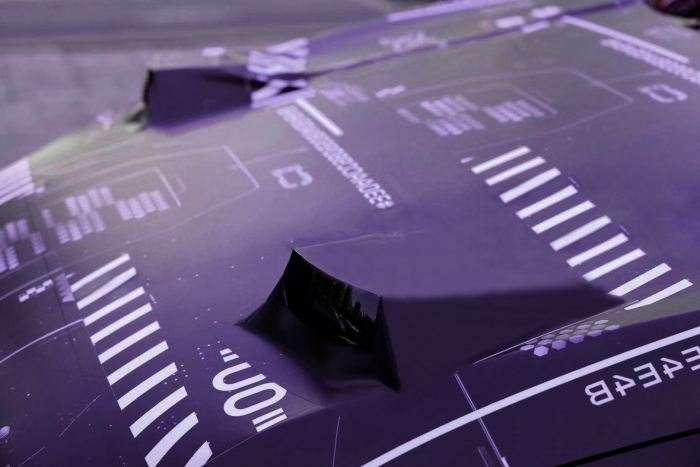
At the event, Wang Weibao, the head of Jidu’s intelligent driving, shared the latest progress of Jidu’s car robot. Recently, Jidu’s SIMUCar (Software Integration Mule Car) has been upgraded to version 2.0, and its autonomous driving system has been integrated with the LIDAR sensor, and merged with Jidu’s self-developed high-level autonomous driving intelligent architecture JET1.0 (electronic and electrical architecture + SOA).
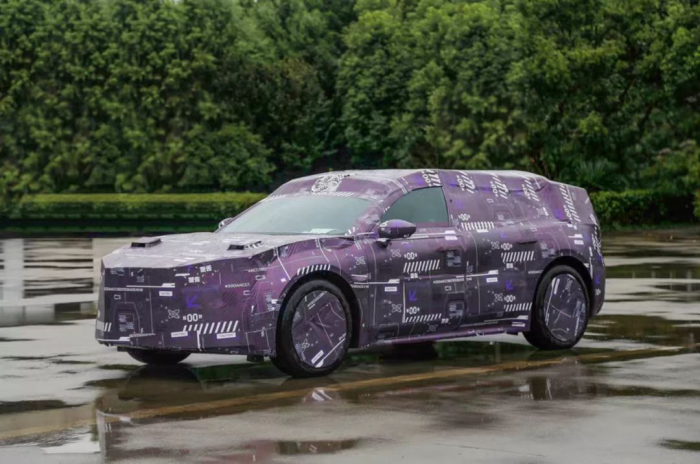
So far, Nvidia’s Orin on-board chips and Hesai Technology’s AT128 semi-solid-state LIDAR have been installed and are participating in the testing of Jidu’s autonomous driving system. The hardware configuration of the first team represents Jidu’s high-level autonomous driving technology solution based on Baidu Apollo unmanned autonomous driving capability, developed for mass production and has been fully exposed for the first time.
Wang Weibao said that in addition to the aesthetic benefit, the configuration of dual LIDARs brings more safety advantages. Firstly, the point cloud field of view of dual LIDARs is wider and safer. Compared with the 120 degree FOV of the single LIDAR scheme, the dual LIDAR scheme covering a horizontal FOV of 180 degrees is more effective in identifying left and right crossing pedestrians or obstacles in situations such as “ghost probes” or obstructive objects on the left and right sides of the car.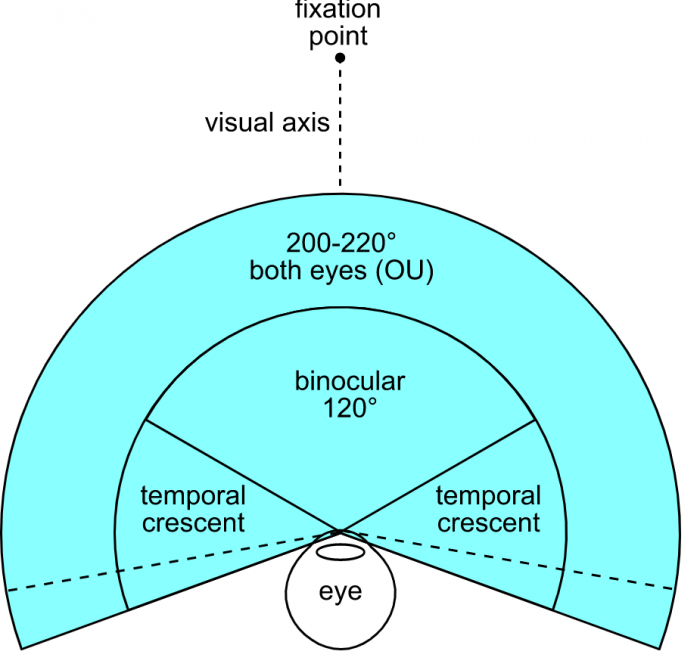
Using human eyes as an example
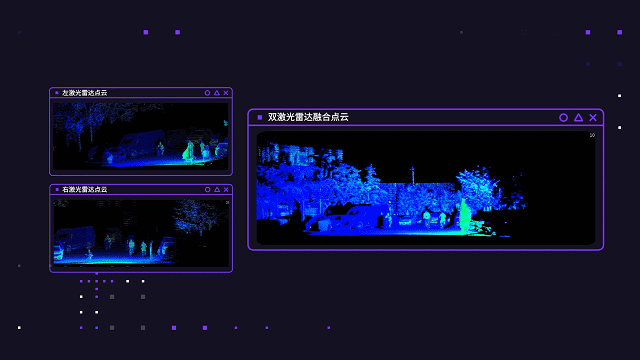
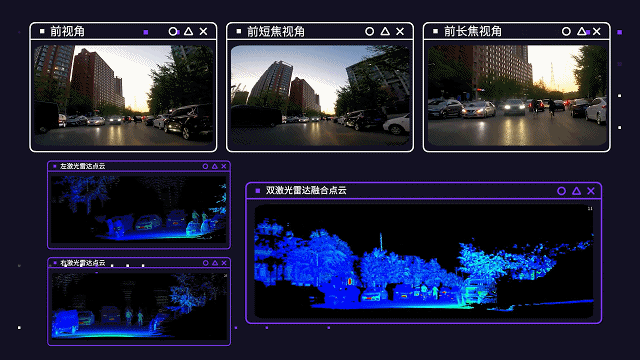
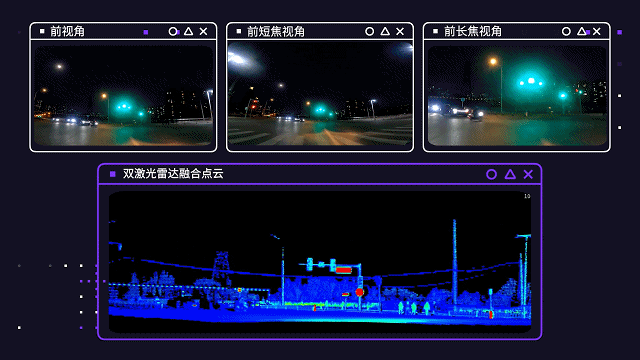
Furthermore, the dual lidar solution provides more accurate recognition of critical areas of the vehicle. Within the 60-degree FOV in front of the vehicle, the dual lidar can achieve double overlap, capturing more point cloud data on the target object and improving recognition accuracy. In terms of redundant safety for advanced autonomous driving, the dual lidars can provide mutual safety redundancy, providing stronger reliability than single lidar solutions.
Baidu Apollo has always focused on pure visual technology. The ANP production-level navigation assistance driving and AVP autonomous parking systems released to the public in 2021 are based on a purely visual solution without the use of lidars. When JD signed with Wesai Technology in August 2021, the outside interpreted it as a potential deviation from Baidu’s pure visual approach to autonomous driving.
As we all know, the debate between radar-based and visual-based autonomous driving technology paths not only has no conclusion but is also becoming more intense. However, this does not hinder JD’s progress at its own pace.
In December 2021, JD’s SIMUCar autonomous driving system achieved a dual-domain fusion based on pure visual solutions. On the 25-kilometer test route, SIMUCar completed comprehensive tests of autonomous driving scenes such as traffic light recognition, straight driving, right turn, protected left turn, passing through a T-shaped intersection, and exiting or entering a ramp, where lidar was not yet involved in the testing phase.
During the event, Wang Weibao stated that the SIMUCar 2.0 phase is testing both a pure visual and lidar autonomous driving solution, with independent dual systems that can achieve true redundancy in mass production. The two sets of autonomous driving solutions provided by JD are mutually complementary for efficient autonomous driving.
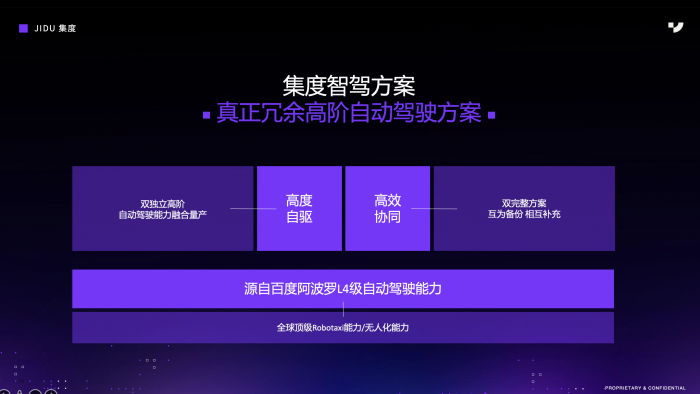
Wang Weibao believes that the SIMUCar 1.0 phase is like a person’s primary school stage, which is a critical period for laying the foundation, focusing on the development of basic autonomous driving abilities, including software architecture and the development of relevant basic functional logic, and coordinating with the chassis.As for SIMUCar 2.0, it is like the stage of middle school, gradually improving and forming basic abilities. At this stage, SIMUCar’s underlying architecture has been upgraded to the JET (JIDU Evolving Technology), which is a high-end autonomous driving intelligence architecture independently developed by JIDU, including the Electrical and Electronic Architecture (EEA) and the Full Vehicle Operating System (SOA). At this point, related domain controllers and sensors have gradually reached the mass production stage. Some basic autonomous driving capabilities, including ADAS functions, parking, intelligent interaction, etc., will gradually reach mass production status.
The accelerating JIDU
From its official establishment in March 2021 until now, which is just over a year, JIDU has grown from a startup team of 15 people to a team with a scale of more than 1,000 people. Although young, in terms of manufacturing industry topics, JIDU can be said to have never slowed down.
Debut of Qualcomm SA8295: On November 29, 2021, Jidu Auto announced that it will collaborate with Baidu and Qualcomm to use the fourth-generation Snapdragon Automotive Digital Cockpit Platform with a 5nm process SA8295 chip on JIDU’s first model, which will be launched in 2023. SA8295, as the world’s first automotive-grade 5nm chip, can provide the strongest computing power, I/O capability, and AI learning ability.
Integration of Dual-Domain Intelligent Driving: In December 2021, JIDU’s SIMUCar successfully integrated dual-domain intelligent driving for high-speed and city scenarios, initially possessing corresponding scene’s free movement ability.
Nearly $400 Million Financing with Borgward: On January 26, 2022, JIDU announced that it has completed nearly $400 million in Series A financing, which was jointly increased by Baidu and strategic partner Borgward. Ten months ago at JIDU’s inception, it had already received over $300 million in start-up funds.
Collaboration with ZF: In February 22, 2022, JIDU and ZF officially signed a contract. The two sides will carry out close cooperation in multiple directions, such as chassis components and control systems, electric drive systems, passive safety systems, and jointly develop intelligent chassis technology.

Final Words
Originally, JIDU planned to release its first car robot concept car in 2022 and release it at the Beijing Auto Show. Due to the impact of the pandemic trend, the first large-scale brand launch event ROBODAY, originally scheduled to be held in April, was also postponed along with the 2022 Beijing Auto Show.
For Jidu, which was established just over a year ago, the pandemic will not slow down their pace. The first mass-produced car robot that was originally planned to be launched in 2023 is still on the schedule, and the development and pre-research of subsequent models have also been launched. Jidu said that its second mass-produced car is expected to be unveiled at the Guangzhou Auto Show at the end of 2022.
Finally, do we think that Jidu’s newly released dual LiDAR solution design looks a little bit like the armored car designed by Q for 007 in “Die Another Day”?
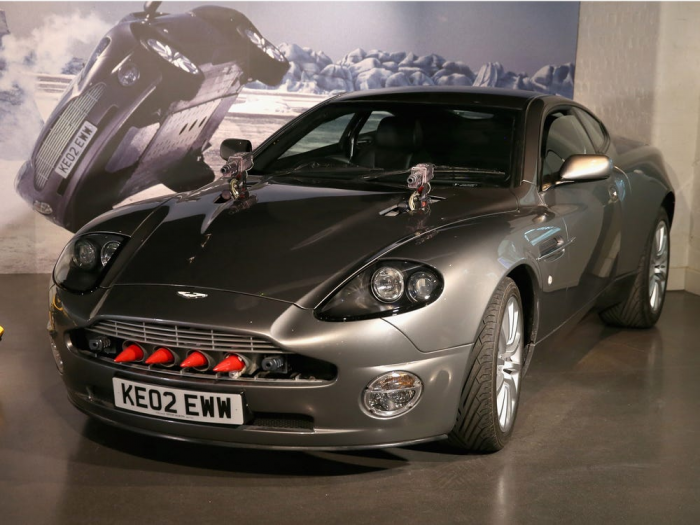
This article is a translation by ChatGPT of a Chinese report from 42HOW. If you have any questions about it, please email bd@42how.com.
